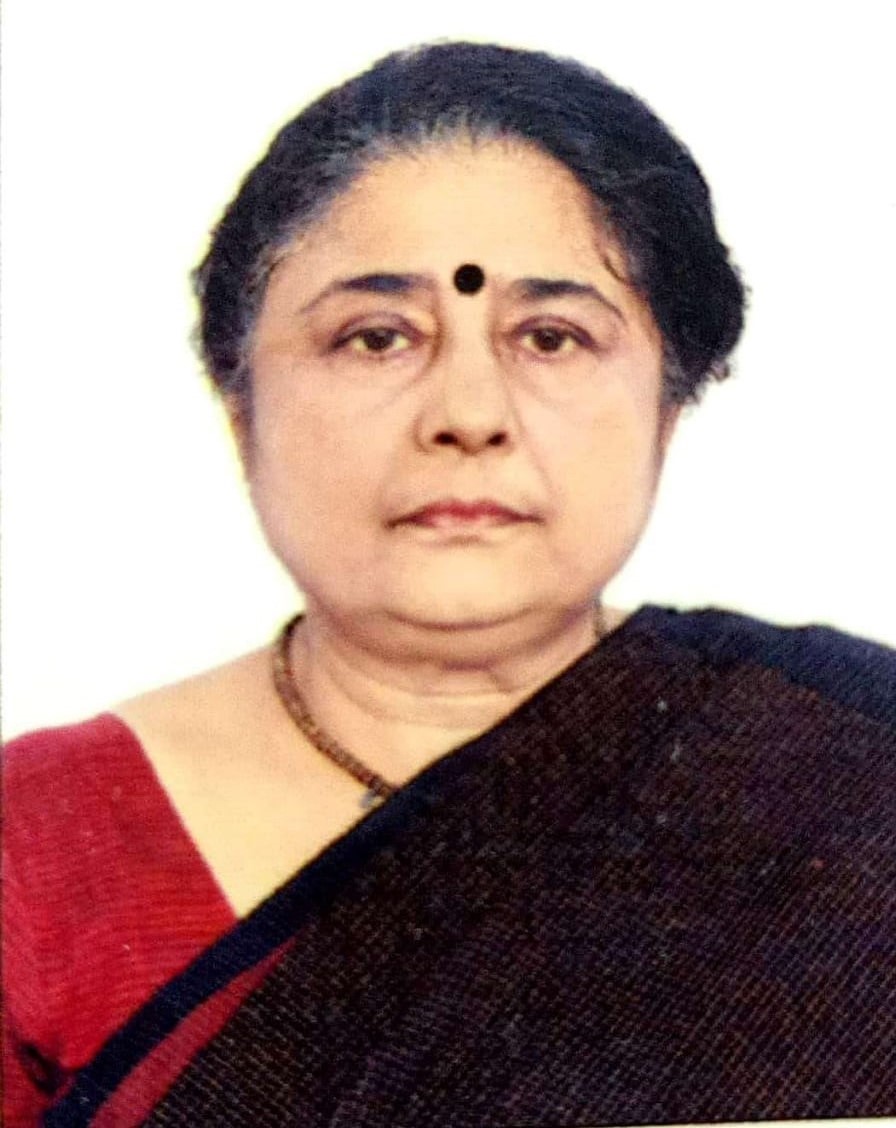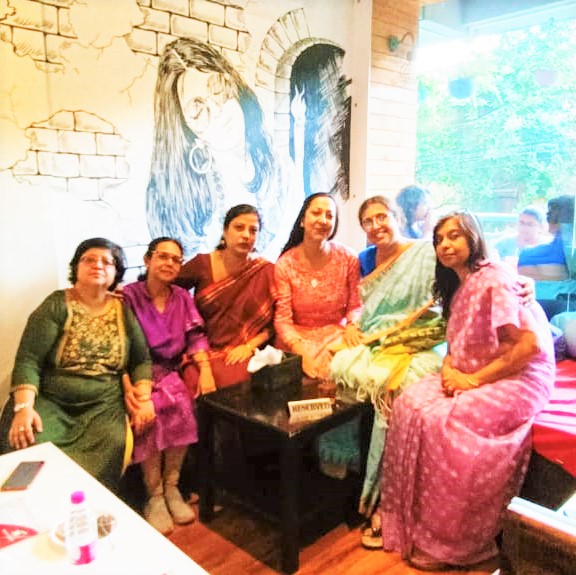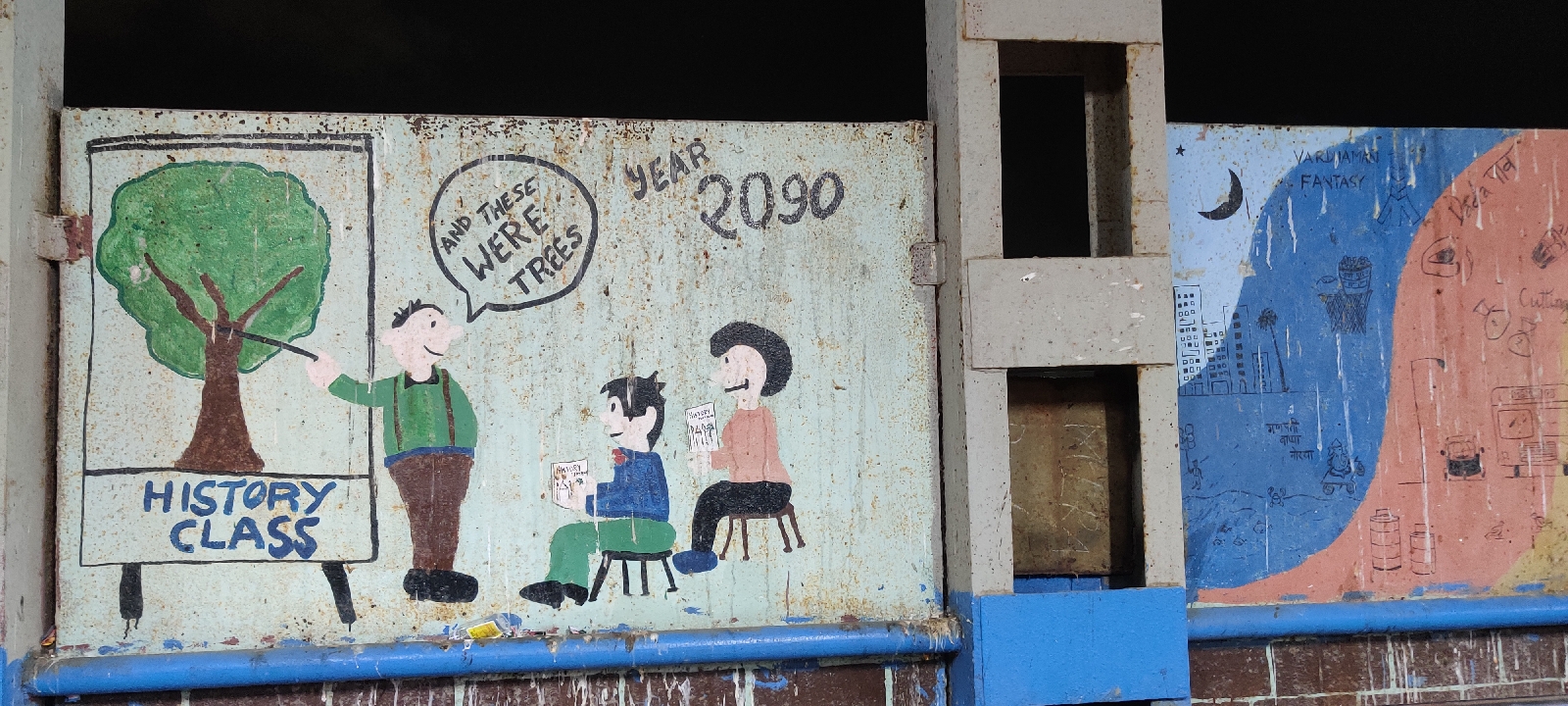Visual Voyage
You don’t take a photograph,
You make it.
Ansel Adams
The making of our workshop
Sight and Sound
Late last month, on a Saturday morning, participants in a workshop huddled under a Neem tree in a corner of a sprawling campus of Rashtrasant Tukadoji Maharaj Nagpur University (RTMNU), Nagpur, Maharashtra. Amidst cool breeze and soft light, poetry and song, film theorist Amrit Gangar, kept changing their visuals in quest of better imagery. His sessions spelt magic. A day before, at the break of dawn, the participants were made to give their one minute visual and metaphoric interpretation of a tree in a single shot taking unimpeded creative liberties. Their films were screened before an unique three-member jury, Sapna Khandare, Kalpana Waghade and Kuldeep Hatwar, all from the housekeeping team of RTMNU. Few participants were asked to translate an English poem into Hindi and Marathi and then recited together, celebrating narrative fluidity and the power of sound. I, Sudeshna Chatterjee, have never seen such a workshop before where image and sound were explored with such felicity. Where untold stories were captured with such elan and empathy. My work was to document this workshop.
Minds and Issues
A seven-day workshop on basic photography turned a hobby into a passion for most participants. Titled, ‘Through The Lens’, it was a photo-sensitization programme for students and faculties from colleges and universities by the Maharashtra State Faculty Development Academy (MSFDA) in collaboration with Photography Promotion Trust (PPT). The purpose, was to visually engage these 26 participants coming from 15 districts across Maharashtra for exploring the inter-connected and multi-layered academic spaces in Nagpur.
The workshop emphasised hands-on training which means several hours (about ten hours per person) of taking images for four days with digital cameras and expert inputs. Technical aspects and creative features were detailed out with images, documentaries and short films.There were celebrated guest lecturers who through their knowledge, wisdom and footages imparted the third dimension of this creative art. The inhouse experts include Padmashree awardee and veteran media photographer Sudharak Olwe, visual artist and film-maker Nirman Chowdhury and multimedia journalist Riya Behl. At every level, there were constant interaction among participants, visiting faculties and resource persons. It culminated in an exhibition of photographs taken by the participants and is displayed at the Nagpur University campus, for the next one month.
The participants were from the age-group of 20-66 years. The diversity was also seen in their chosen disciplines. There were professors of Zoology, Physics, Geography, Education and Multi Media and Mass Communication. Similarly, there were students from Computer Application, Applied Arts, Photography et al. The issues that they confront with their cameras include socio-economic and cultural challenges faced by the students, student-teacher relationships, freedom, safety and hierarchy in institutional spaces and education for holistic development. Their enthusiasm was infectious and continuous. One participant, Nitin Marskole even put up an act while framing his shots. He used slow shutter speed to express the anxiety of a student when results are declared. There was theatre artist Akshay Khobragade who acted in a one minute film, which was directed and scripted by two other participants and won the coveted first prize. Another participant Jennifer Barla showed me her digital page on face painting. She along with her team members won the second prize. So much colour and variety, the atmosphere was both electric and eclectic.
Perspectives and Images
With not much prior experience in professional photography and visual storytelling, the participants under the guidance of PPT members and other experts, by their own admissions learnt the meaning and power of an image that could transcend into visual narrative and shake our collective conscience. As one participant maintained, when he was watching Sudharak Olwe's presentation of the migrant workers, malnutrition, and abuses of women, it shocked him. “When the pictures of my home state, Uttar Pradesh were shown, it was something I knew. The problems and the conditions. But what shook me was the strength of the picture and the story that it held. I started hearing and seeing all the news that I have been through in the past years”, said Nilay Surya Srivastava.
Walking amidst familiar surroundings and yet reflecting upon untold stories and zooming on unseen pictures were the challenges of this workshop. Like this painful sight of damaged books in a college library due to a sudden flood this year in September. Like an English-speaking educated labourer’s son who decides to drop-out looking at his graduate unemployed father and got into menial jobs. Like the camaraderie between students and watchman as they sit together for lunch.
So yes, the contents include techniques and aesthetics, but, the participants were essentially taught to think, be aware, be patient and focus deep. Things that are not even in the periphery of our conventional education system. With clearer and stronger perspectives, images start talking. Hopefully with the thrust of New Education Policy (2020) on experiential learning, things will be better.
Looking at the images clicked and may be, because of a mix of generations, thwarted the apprehensions shared by the portrait guru Pramodbabu Ramteke with yours sincerely who gave a delightful talk on the principles of a painter that were even respected by the eminent resident of Rashtrapati Bhavan! On the sideline, he was pointing out how today’s generation was less patient and do not think deep. “You have to be one with the Art”, goes his signature line.
Most of the participants and resource persons were residing in the campus and therefore the interactions were free-flowing and would extend even during the meal times. The food, a wholesome vegetarian spread with Nagpur favourites and sweets and rounds of tea/coffee with biscuits, is an important marker of a successful workshop specially when held residential. The care, concern and promptness of MSFDA officials were particularly praiseworthy. The elements of reduced safety and heightened hierarchy which have become quite rampant in academic spaces were happily missing in our campus. All of these for just Rs 1000 (non-refundable) perhaps is the best part of the story.
Frame by frame from participants
Thoughts and Afterthoughts
Beside becoming ambitious as a career photographer, I never realised that photography workshop could be of such interest even for science teachers in the group. They said it will help them take better pictures of the specimens for classroom teaching.
There was a pertinent question from Riya Behl on how do one evaluate the efficacy of a workshop. The articulate Pratik Dhamal from MSFDA touched on the qualitative modes of evaluation rather than the quantitative counts. Participant Balaji Maske and a student of Wilson college, Mumbai, had a searching question post the workshop: If I follow a Tiger throughout the day, and photograph it, will it be called a Documentary Photography or Wildlife Photography?!
Interestingly, a city that doesn’t boasts of a single standard art gallery, hosting a quality photo exhibition in a nondescript space speaks volumes for the efforts of the organisers. The photographs are displayed till the end of this month. May be, when you visit this exhibition, beside shifting your perspective, it could also make you want to be part of a similar workshop as the winter closes in. Because being a summer country, joining well-rounded workshops during winters make the learning that much more joyful.
Since, my blog is not a paid endorsement, the emotions shared here are not commercially crafted.
All the pictures here are courtesy Sudharak Olwe, Nirman Chowdhury, Riya Behl and participants of this workshop
#workshop#throughthelens#msfda












